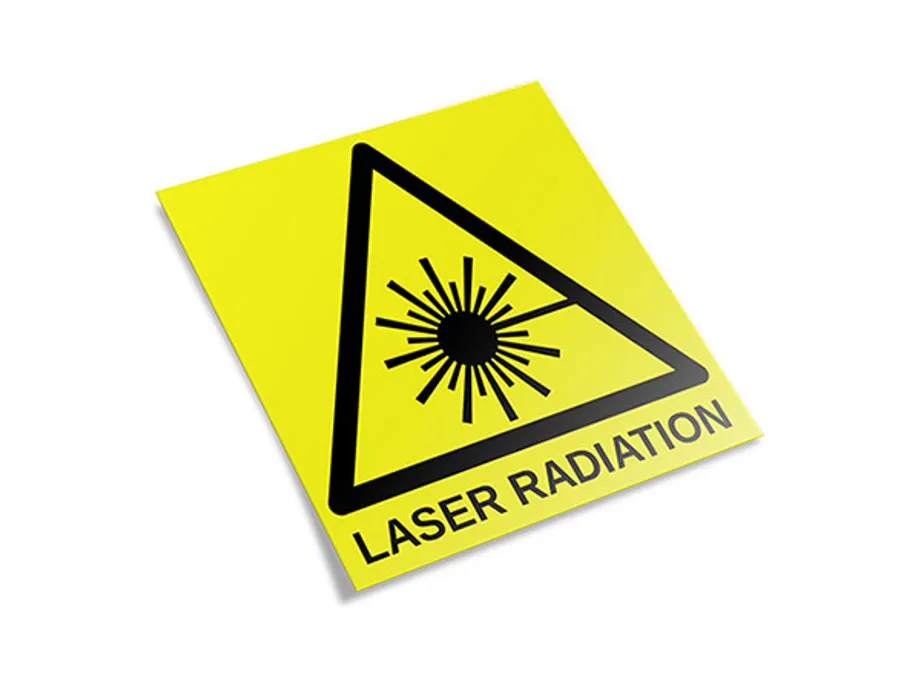Lasers
A laser is a device that emits light through a process of optical amplification based on the stimulated emission of electromagnetic radiation.
The term laser originated as an acronym for light amplification by stimulated emission of radiation. The first laser was built in 1960 by Theodore H Maiman at Hughes Laboratories, based on theoretical work by Charles Hard Townes and Arthur Leonard Schawlow. A laser differs from other sources of light in that it emits light coherently.
Spatial coherence allows a laser to be focused to a tight spot, enabling applications such as laser cutting and lithography.
Laser radiation warning sign image
This image is of a European-style laser radiation warning symbol. Laser safety is the safe design, use and implementation to minimise the risk of laser accidents, especially those involving eye injuries. Since even relatively small amounts of laser light can lead to permanent eye injuries, the sale and usage of lasers is typically subject to government regulations.
Mode rate and high-power lasers are potentially hazardous because they can burn the retina of the eye or even the skin. To control the risk of injury various specifications such as IEC 60825 define classes of lasers depending on their power and wavelength.

